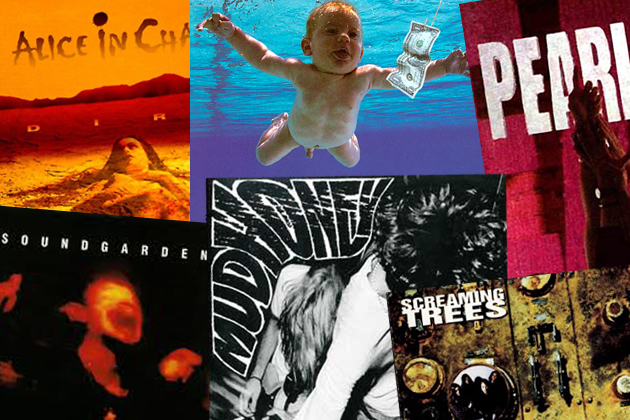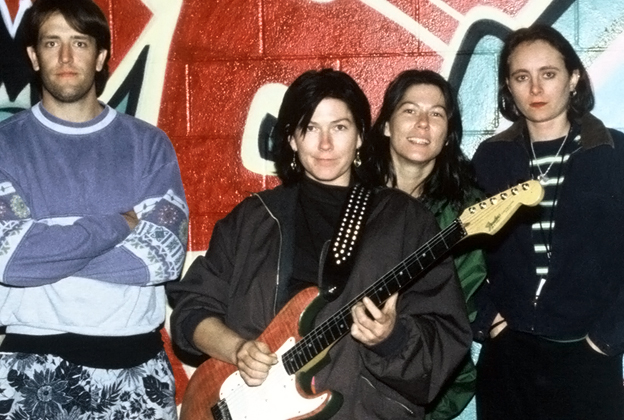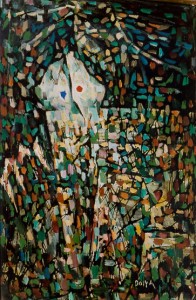Linking Metal with Punk in the ’80s and ’90s, Grunge Had Its 15 Minutes as a Seattle Thing
The death of Foo Fighters drummer Taylor Hawkins recalls a genre whose distinctive sound influenced bands in other musical hotspots, like, say, Dayton, Ohio.
The Origins of Grunge
In the year 1991, the rock world heralded the (almost) simultaneous releases of Pearl Jam’s Ten, Nirvana’s Nevermind, and Soundgarden’s Badmotorfinger. Alice in Chains came out with the anticipated Dirt the following year, and people in the know pulled out their maps to circle the location of the next big rock mecca: Seattle.
Here we have at least four big rock acts from the same region hitting it big at the same time. It needed a name…a brand. And please, how did a word that was basically a synonym for dirt or muck be used to describe a hot new musical genre?
Grunge’s First Stirrings
Of course, there were a number of people staking a claim. One such person is Bruce Pavitt, record producer and co-founder of the label Sub-Pop which claims to have “discovered” some of the pioneering Seatle bands. His press release for Green River described the band as “ultra-loose grunge…” and Mudhoney as “ultra sludge, glacial, heavy special, dirty punk.”
In the late eighties, some Seattle bands which would become big did have similar sounds: “High levels of distortion, feedback, fuzz effects, a fusion of punk and metal influences.” Many of these bands were shepherded by Jack Endino, the so-called “Godfather of Grunge,” who produced Soundgarden, Nirvana, Mudhoney, and Green River in the mid-to-late eighties.
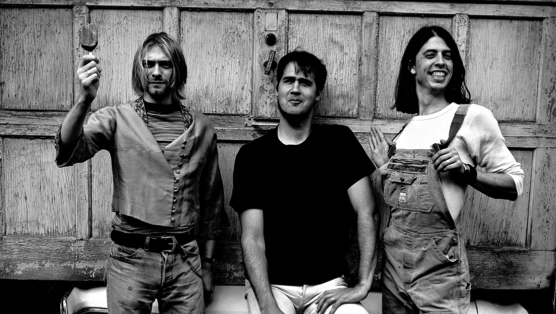
Short Half-Life
With music media demanding a defining term for the “Big 4” Seattle bands, the term grunge was dutifully carried by Nirvana and the rest. The term trickled down to anyone carrying a guitar onstage in Seattle. “If you lived in Seattle and were under 30 [in the early nineties], you were grunge, no matter what your band sounded like,” observed Ben London of the band Alcohol Funnycar.
For MTV and music magazines, the term was convenient. But for music insiders and the band members themselves, the word grunge was loathed. (How would you like the expression of your art to be synonymous with dirt?) Using the “g-word” became a no-no in Seattle. Having it both ways, coffee shops were buzzing about the sheer nerve of bands outside of the Pacific Northwest being labeled as grunge by radio jocks and other rock influencers.
Well, that was fast. What was once valuable musical currency had become strictly verboten. But while the term grunge had its 15 minutes, the keepers of the flame in Seattle couldn’t possibly keep it locked in a box. The sound was too seductive. There were many fine working bands during that period (their songs are sometimes labeled post-grunge) which kept the grunge fire burning.
Meanwhile, in Dayton, Ohio…
In 1993, bass guitarist and lead vocalist Kim Deal, perhaps tired of her backing role in the Boston-based Pixies, rounded up her twin sister and lead guitarist Kelley Deal to create and perform their own material.
Kim had already proven a lot: During a hiatus from the Pixies in 1990, she organized a band and recorded the album Pod in 10 days in Edinburg, Scotland. That would become the Breeders’ first album. None other than Kurt Cobain called Pod one of his favorite albums ever. “I wish Kim was allowed to write more songs for the Pixies,” Kurt said at the time.
It turns out Cobain got half his wish.
In August 1993 the Breeders released the album Last Splash to critical acclaim and platinum success. A rock magazine called Pitchfork called it alternative rock’s “most enduring masterpiece.” Four songs were released as singles: “Cannonball,” “Divine Hammer,” “Saints,” and “Do You Love Me Now?”
Here is the video (published by the Breeders) of the song “Cannonball” which, in my opinion, out-grunged all comers.
We Mourn the Death of Taylor Hawkins
Dave Grohl’s post-Nirvana gig, the Foo Fighters, was progressing nicely and according to plan. Well, almost. As he was putting the finishing touches on his band’s second studio album, The Colour and the Shape, the drummer quit the band.
If you watch the music video for the album’s hit record, “Everlong,” you will watch the drums in the capable hands of Taylor Hawkins. But that was pure show business. When “Everlong” was recorded in 1997, Grohl was still trying to pry Hawkins away from the band of Alanis Morrisette. It was Nirvana’s ex-drummer Grohl who played the drums on the song.
Grohl got his man and the video for “Everlong” was nominated for Best Rock Video at the 1998 MTV awards.
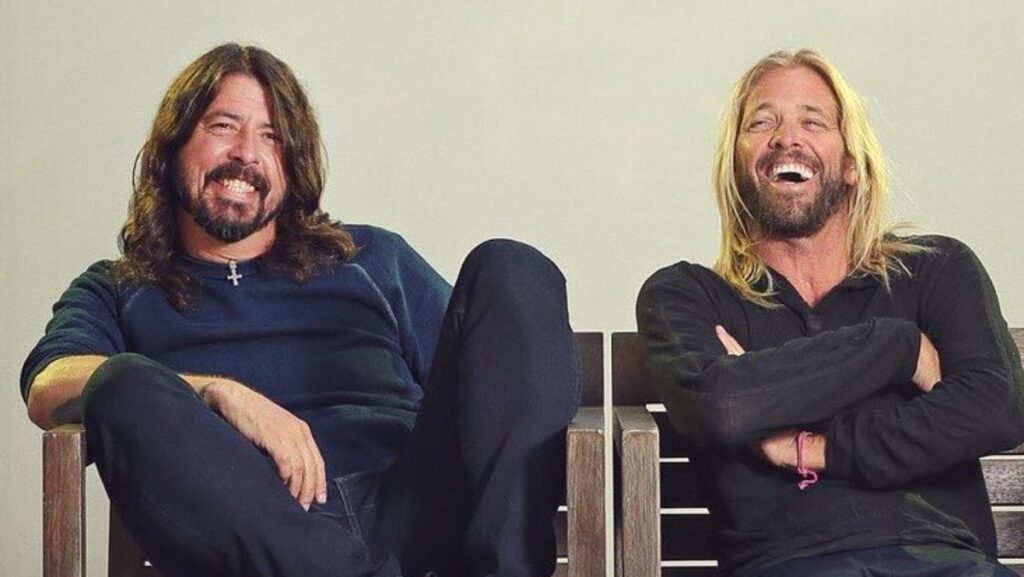
Everlong
There’s another link in the chain: “Everlong” was the last song Hawkins played with the Foo Fighters before his untimely death on Mar. 25. The band was on tour in South America.
Here is a video of the song, “Everlong,” live on Letterman, published by the Foo Fighters & CBS Interactive Music via YouTube:
Coda
One more link: If grunge did indeed die with Kurt Cobain, we have an anniversary of sorts: Cobain died on April 5, 1994…28 years ago today.
